[4 min read]
Nestled off New Zealand’s northeastern coast, the Poor Knights Islands Marine Reserve is a kelp-filled aquatic haven teeming with marine life, from whale sharks and manta rays to nudibranchs. It’s a diver’s dream.
I visited these ancient volcanic remains for a 360 filming project. I hope to use virtual reality (VR) to bring the ocean’s wonders into children’s hospital wards. At the same time, I delved into technical diving, learnt from pioneers in VR education and spent time with some wonderful people.
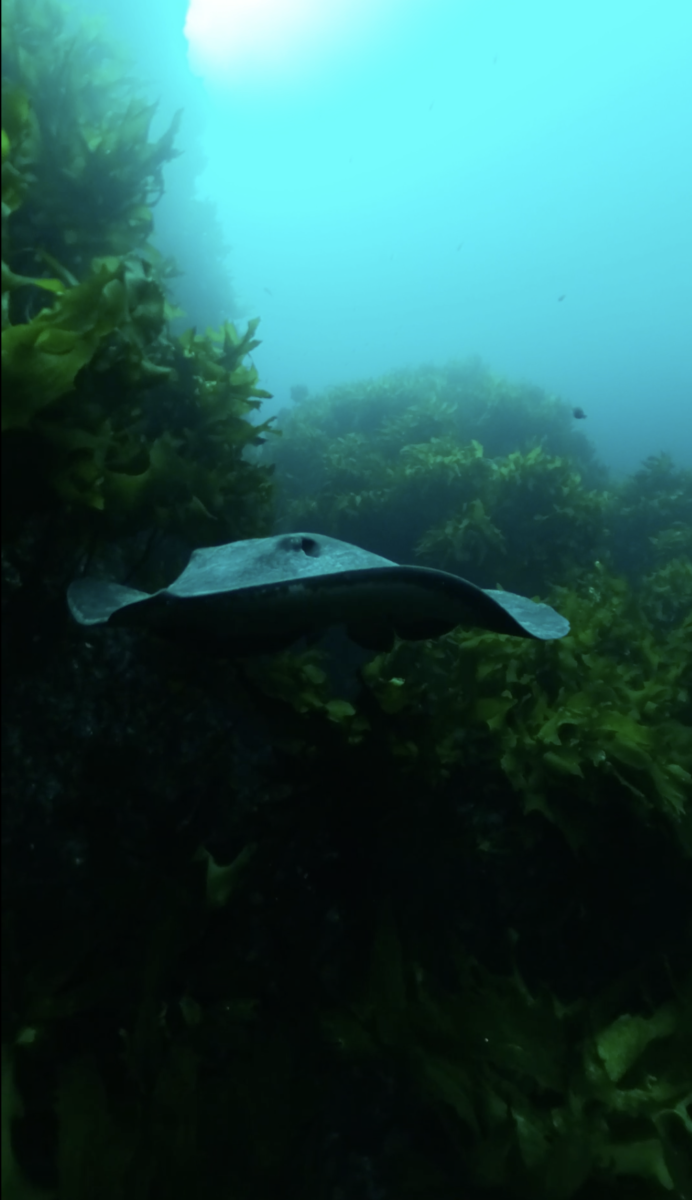

Diving into another world: 360 Perspective
The dive sites around the Poor Knights are globally renowned. With guidance from Andrew Simpson and using my Mantis 360 camera housing, I learnt how to bring the underwater world to the surface. My goal is to create an immersive experience, that allows patients to escape the confines of their hospital bed and feel like they’re swimming alongside the fish, navigating through arches, and floating over kelp gardens.
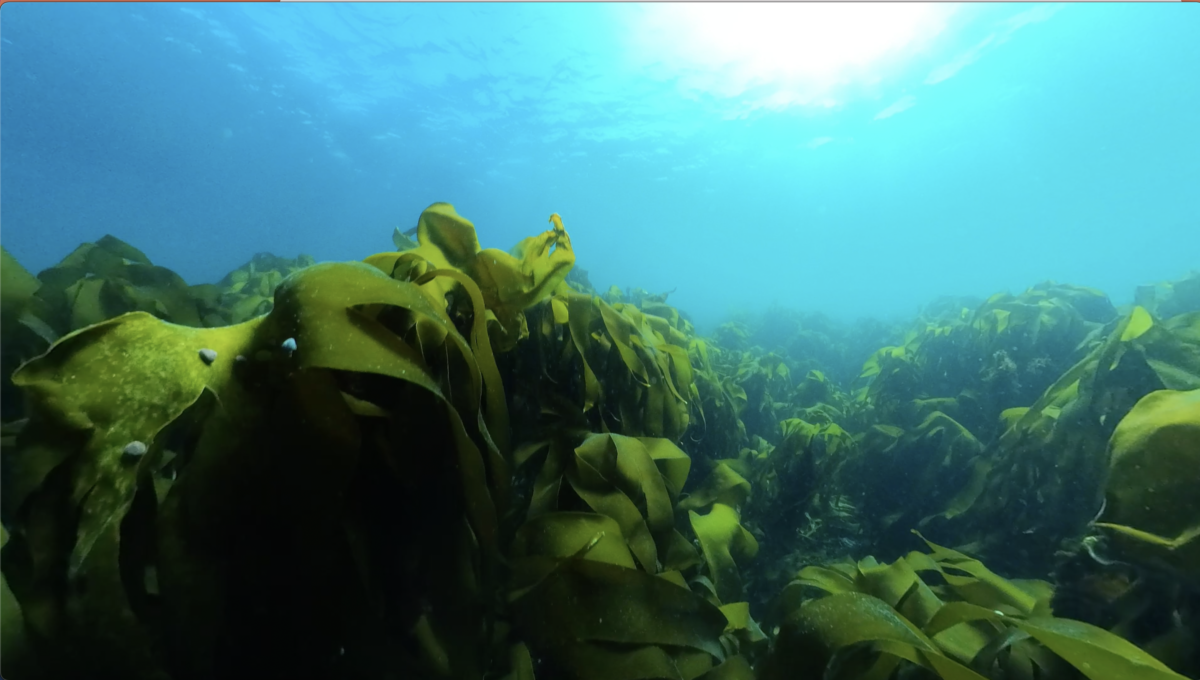
Capturing 360 footage underwater poses unique challenges, including how much harder it is to hide behind the camera!
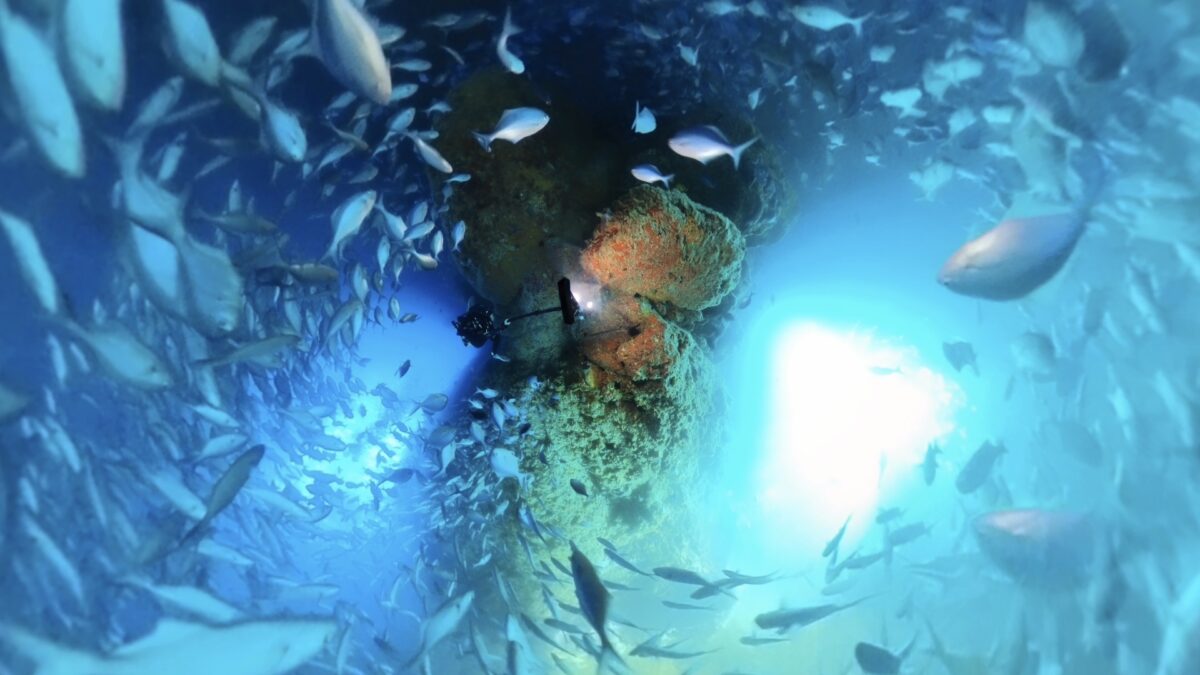
Learning and sharing: The power of community
I stayed with the lovely Andrew and Anna from Global Dive and spent time with family friends, who all embody the spirit of Kiwi warmth and generosity. Through Andrew, I met Annika Andresen and joined her for a Blake NZ- VR session. Their innovative programme uses the immersive power of VR to foster a deeper understanding and appreciation of marine environments among students. Witnessing their work gave me valuable insight into how VR could similarly inspire awe and a sense of ocean stewardship in children in hospitals.
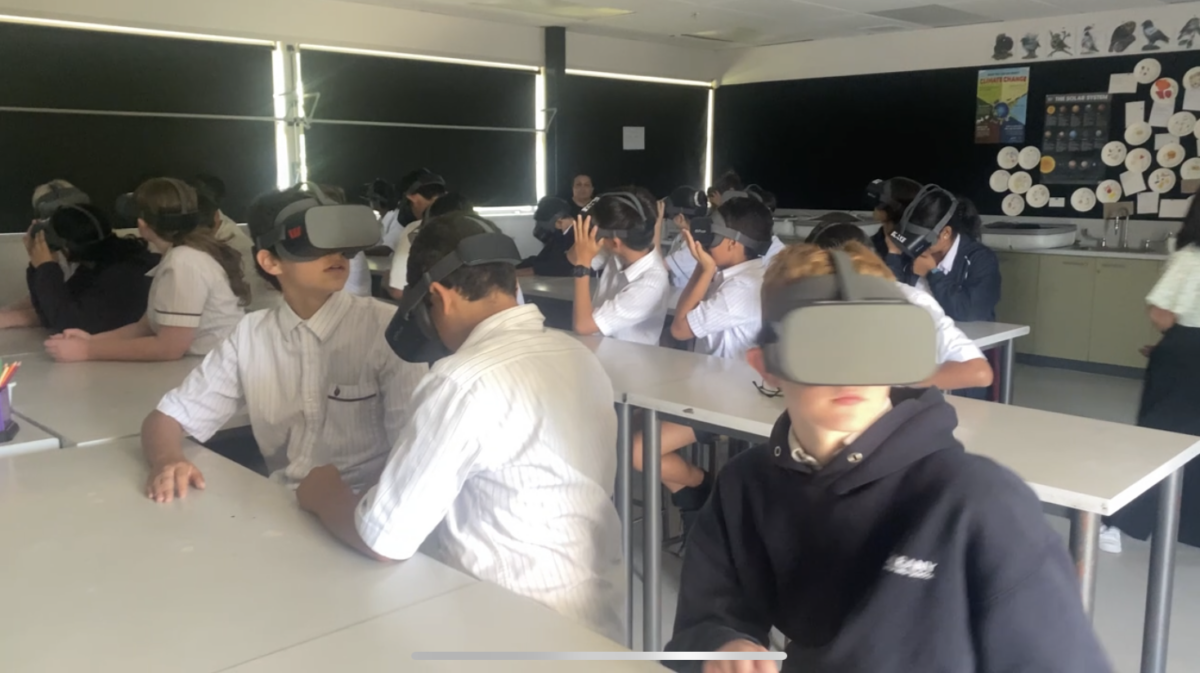
Embracing support: Dive Tutuaka and beyond
Joining Dive Tutukaka added another layer of support and expertise. The staff were incredibly kind and helpful, sharing local knowledge to enhance my diving experience. It was here that I got to dive with Dave Abbott. Thank you for your insight into the art and technicalities of underwater filmmaking.
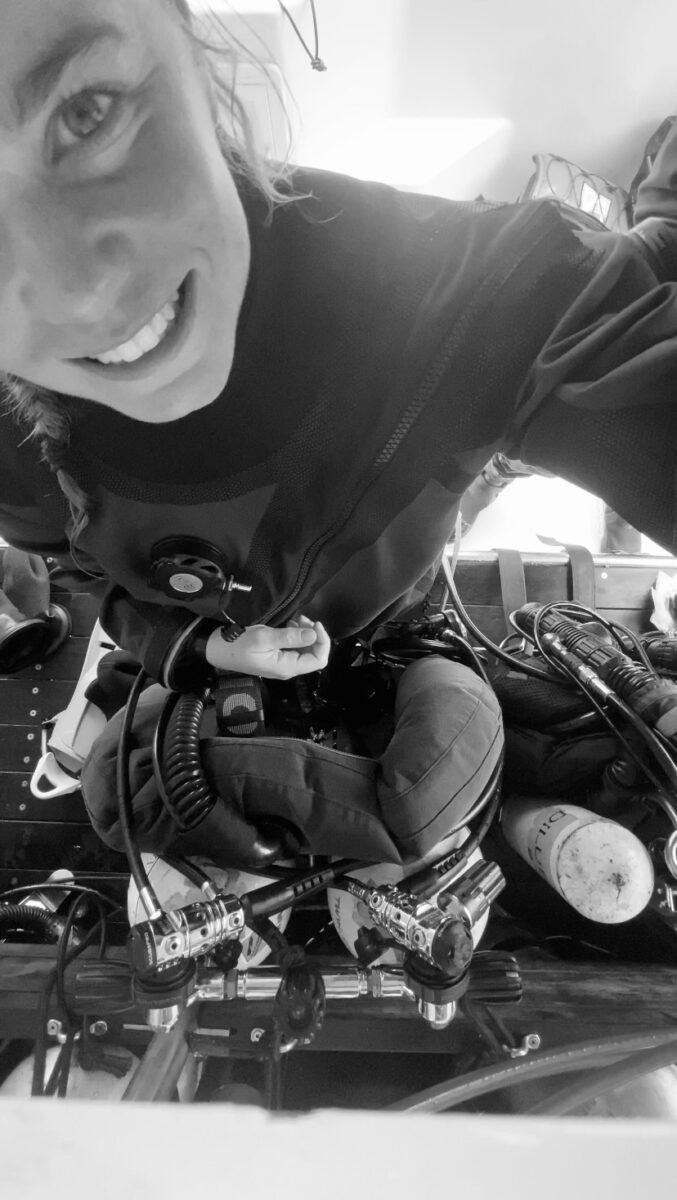
Meeting renowned figures in the diving community, including Simon Mitchell, Pete Mesley, and Kev Gurr, made for an interesting and humour filled evening. They shared stories of exploration and we had insightful discussions about the future of diving and ocean conservation.
Advancing skills: An introduction to technical diving
This trip allowed me to venture into the realm of technical diving. Under the guidance of Global Dive’s passionate instructors, I learnt the intricacies of managing a twin set. This training was great to gain some extra time for underwater exploration and filming. Back on land, I delved into the process of building 360 housings and editing the footage.
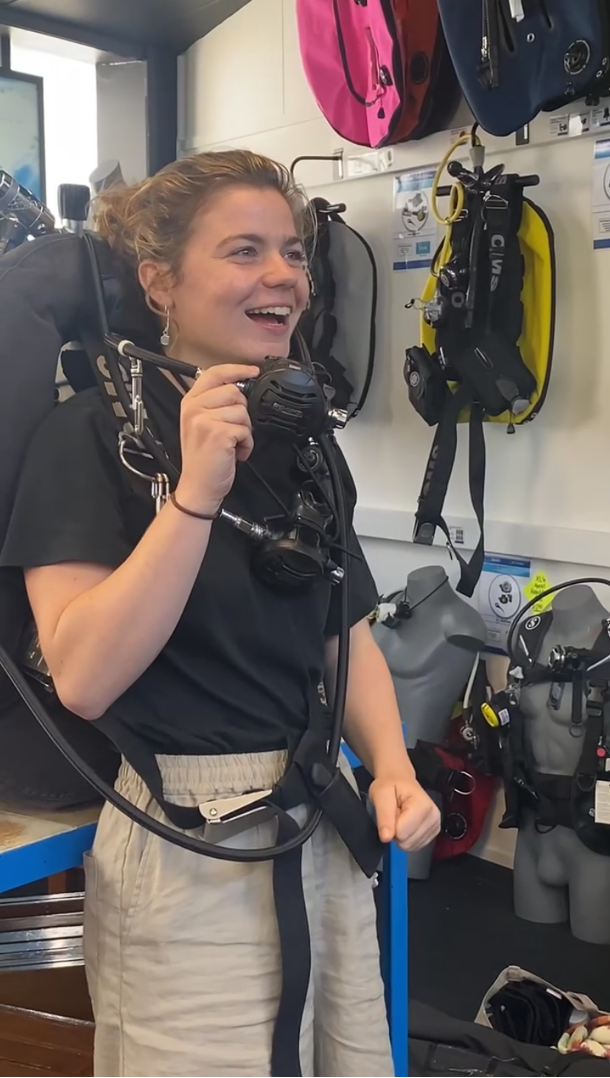
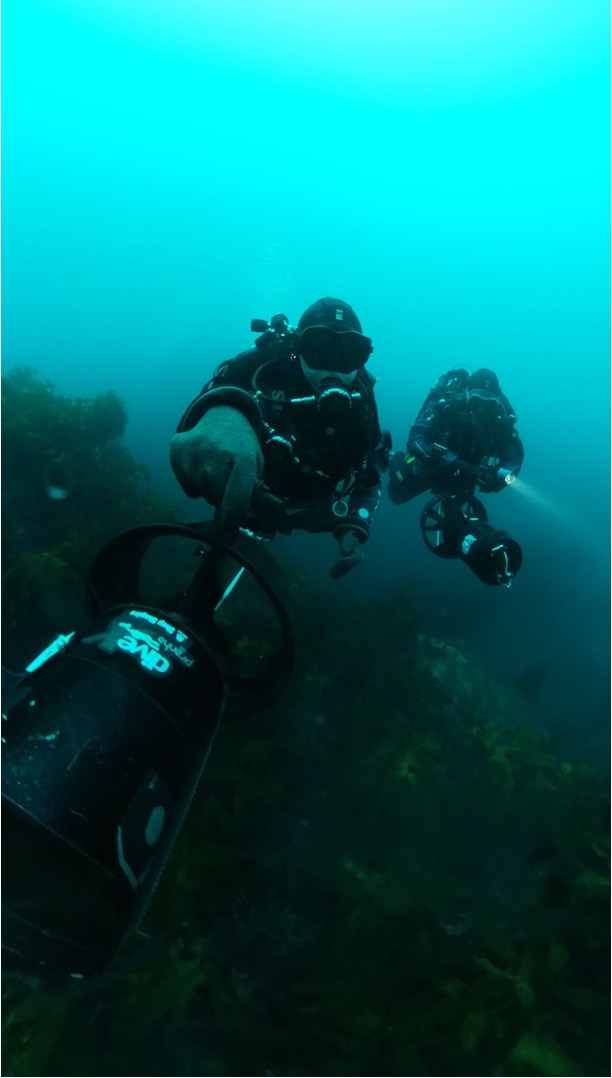

Conclusion: A journey of discovery and connection
New Zealand offered more than diving. This trip showed what you can achieve when passion, technology, and conservation come together. I’m so grateful to everyone supporting my VR project and hope it helps ignite a passion for the ocean and its conservation in young people. New Zealand, with its stunning underwater landscapes and epic diving community, was the perfect place to progress this endeavour.

A huge thank you to Rolex, the Our World Underwater Scholarship Society, Divers Alert Network and my equipment sponsors Fourth Element, Suunto, Halcyon Dive Systems, Reef Photo and Video and Nauticam. Their continued support, along with the dedication of countless volunteers and hosts, has transformed this incredible opportunity into a reality. Thank you for the most extraordinary year.